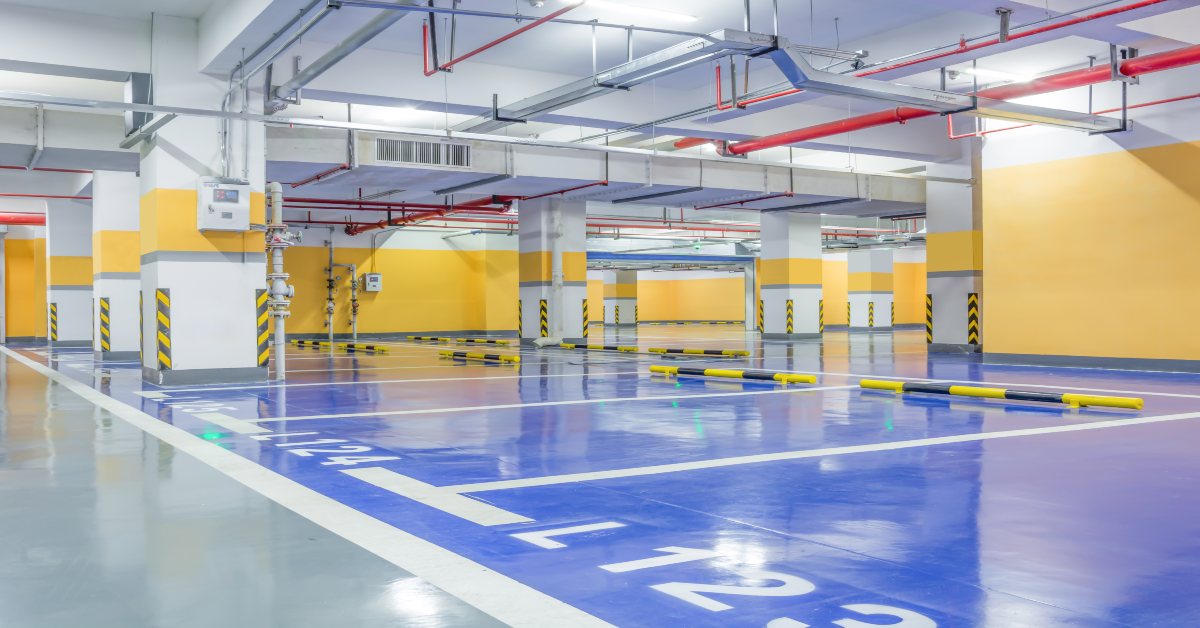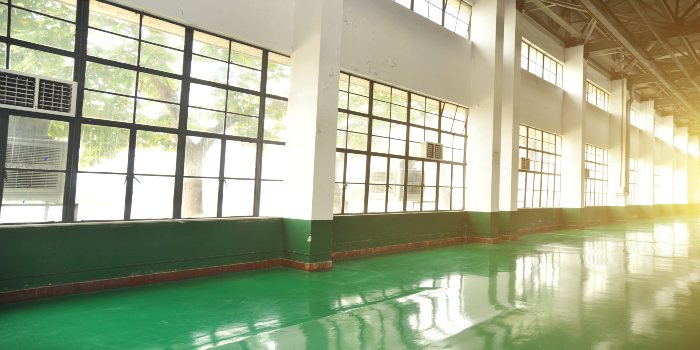Epoxy vs PU Flooring in Monsoon: Which One Should You Choose for Moisture Resistance?
Updated : 4 months ago

The monsoon season is refreshing, but it also brings challenges for flooring in homes, offices, and industrial spaces. Excess moisture, slippery surfaces, and water seepage can compromise both the beauty and durability of floors. That’s why choosing the right moisture-resistant flooring is critical during this season. Among the most popular options are epoxy flooring and PU flooring, both known for their resilience and protective properties. But which one is better for monsoon conditions? Let’s break it down.
Understanding Epoxy Flooring

Epoxy flooring is created by combining epoxy resins with hardeners, resulting in a dense, glossy, and highly durable surface. Known for its seamless finish, it is widely used in commercial, industrial, and even residential spaces.
Benefits of Epoxy Flooring in Monsoon:
Moisture Resistance: Epoxy forms a non-porous surface that prevents water seepage and resists dampness. RachTR’s high-performance epoxy coatings are designed to be water-resistant and chemical-resistant, making them ideal for wet conditions.
Slip-Proof Floors: Available in anti-slip variants (like RachTR epoxy anti-slip flooring), these surfaces provide enhanced safety in high-traffic and wet areas.
High Durability: RachTR’s epoxy solutions - such as self-leveling floors or heavy-duty coatings - are built to withstand heavy machinery, constant foot traffic, and industrial wear.
Easy Maintenance: The seamless design makes cleaning effortless and quick - just mop with mild detergent. RachTR’s epoxy floors are also stain and chemical resistant, ideal for monsoon messes.
Understanding PU Flooring

PU flooring (Polyurethane flooring) offers flexibility, comfort underfoot, and exceptional moisture protection - perfect for environments where seepage and slipperiness are concerns.
Benefits of PU Flooring in Monsoon:
Superior Moisture Resistance: PU coating is fundamentally waterproof and highly resistant to moisture, making it a top choice for monsoon-proof surfaces.
Slip-Proof Floors: RachTR’s PU options (like PU-Concrete and Polyurea Flooring) provide strong slip resistance along with durability and waterproofing.
Comfort & Flexibility: PU-Concrete combines hardness with flexibility, resisting abrasion, corrosion, and UV rays while remaining comfortable underfoot - ideal for high-traffic or variable-stress areas.
Additional Advantages: PU flooring is fire-resistant, offers excellent sound insulation, and is sustainable and easy to maintain - key features for monsoon-resilient spaces.
Epoxy vs PU Flooring: Which is Better for Monsoon?
Feature | Epoxy Flooring | PU Flooring |
|---|---|---|
Moisture Resistance | Excellent - Water and chemical-resistant, with optional waterproof topcoats available | Superior – Fundamentally waterproof and moisture-resistant |
Slip Resistance | Good with anti-slip additions (epoxy anti-slip flooring) | Very good - PU-Concrete and Polyurea offer strong grip |
Comfort | Hard and dense | Softer and flexible (PU-Concrete) |
Durability | Extremely durable; resistant to heavy traffic, chemicals, machinery | Durable with added comfort and resistance to UV/corrosion |
Cost | More budget-friendly with long-term ROI | Slightly higher investment for more resilient and flexible flooring |
Both epoxy flooring and PU flooring qualify as effective monsoon flooring solutions, especially when sourced from a reliable provider like RachTR.
Final Thoughts
The monsoon season doesn’t have to mean damp, slippery, and unsafe floors. By choosing the right moisture-resistant flooring, you can protect your surfaces while enhancing safety and style. RachTR’s epoxy flooring brings unmatched durability, chemical resistance, and cost-effectiveness - especially with options like self-leveling, anti-slip, and UV-resistant coatings. Meanwhile, their PU flooring line offers waterproofing, flexibility, and comfort underfoot with solutions like PU-Concrete and Polyurea flooring.
If your priority is long-term durability, ease of maintenance, and budget-friendly performance, RachTR’s epoxy systems are your best bet. But if comfort, slip resistance, and advanced environmental resistance top your criteria, their PU options may better serve your monsoon flooring needs.
60 views
60
0 comments
0





.png)






Comments